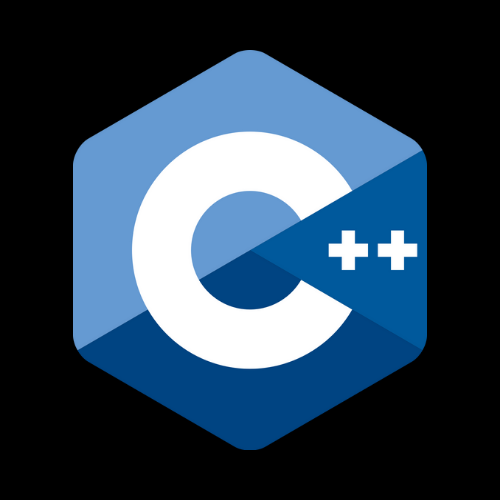In C++, data types are used to specify the type of data that variables can hold. C++ provides a wide range of data types, including basic data types, user-defined data types, and data type modifiers. Here's an overview of C++ data types with examples:
1. Basic Data Types:
C++ includes several basic data types to represent common types of values:
a. int:
- Used to store integers. It can represent both positive and negative whole numbers.
int num = 42;
b. float:
- Represents single-precision floating-point numbers, suitable for numbers with decimal points.
float price = 12.99;
c. double:
- Represents double-precision floating-point numbers, providing more precision than float.
double pi = 3.14159265359;
d. char:
- Used for single characters, like letters or symbols.
char grade = 'A';
e. bool:
- Represents Boolean values, which can be either true or false.
bool isStudent = true;
2. Data Type Modifiers:
Data type modifiers are used to change the properties of basic data types:
a. short and long:
- These modifiers affect the size and range of integers. short can be used to create smaller integers, while long can be used to create larger integers.
short smallNumber = 32767;
long bigNumber = 1234567890;
b. signed and unsigned:
- These modifiers are used with integer data types to specify whether the variable can represent both positive and negative values (signed) or only non-negative values (unsigned).
unsigned int positiveNumber = 100;
3. User-Defined Data Types:
C++ allows you to create your own data types using classes and structures. For example:
Class: Classes are used to define user-defined data types with associated data members and member functions.
class Person {
public:
std::string name;
int age;
};
Person john;
john.name = "John";
john.age = 30;
Structure: Structures are similar to classes but have members that are public by default.
struct Point {
int x;
int y;
};
Point p;
p.x = 5;
p.y = 10;
4. Enums (Enumerated Types):
Enums allow you to create symbolic names for integer constants. They make your code more readable and self-explanatory:
enum Days { Monday, Tuesday, Wednesday, Thursday, Friday, Saturday, Sunday };
Days today = Tuesday;
5. Typedef and Using:
You can use typedef or using to create aliases for existing data types, making code more readable:
typedef double Price;
Price itemPrice = 19.99;
using Money = long long;
Money savings = 1000000;
6. Size and Portability:
To ensure code portability and specify the size of data types explicitly, you can use fixed-size integer types from the <cstdint> header:
#include <cstdint>
int32_t num32 = 42;
int64_t num64 = 1234567890123456;
These are some of the most common data types in C++. Choosing the right data type for your variables is essential to ensure efficient memory usage and to prevent unexpected behavior in your programs.


